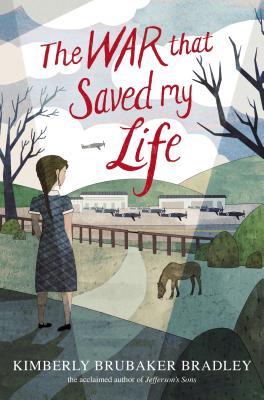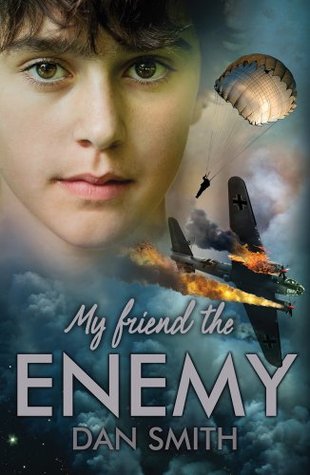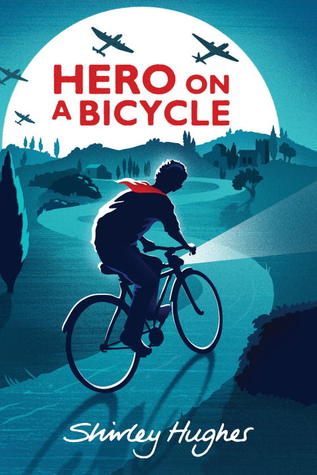This
winter, I taught a Shakespeare class in a glass conservatory smack in the
middle of a large wetland on the University of Washington Bothell campus. Long
grasses, frog-filled ponds, and the big, cloud-swept sky were perfect
surroundings for diving into Shakespeare’s wild poetry with a lively class of college freshmen. A director
friend who visited us exclaimed, “What a setting! Let’s go drown Ophelia
in the pond!”
There was
an on-going joke among my students about Shakespeare’s “Daddy issues”. The
plays are crawling with them! Look at Jessica and Shylock, Hamlet Senior and
Hamlet Junior and let’s not even get into Mr. Lear and his daughters.
It’s no
coincidence that two novels I’m considering here — Poor Tom’s Ghost by Jane Louise Curry and King of Shadows by Susan Cooper —both involve the fraught emotional ties between sons and fathers.
 In Poor Tom’s Ghost, Roger Nicholas’s
blended family move into a tacky, run-down house built in Shakespeare’s time.
Roger is an anxious but charming kid whose dad, Tony, is an actor. He’s lived a
peripatetic and insecure life until Tony’s recent marriage. However, every
time h
In Poor Tom’s Ghost, Roger Nicholas’s
blended family move into a tacky, run-down house built in Shakespeare’s time.
Roger is an anxious but charming kid whose dad, Tony, is an actor. He’s lived a
peripatetic and insecure life until Tony’s recent marriage. However, every
time h
There’s
one hitch. The house is haunted by the grieving ghost of Tom Garland, a lead actors in Shakespeare’s company, and the ghost of his narcissistic, jealous younger brother, Jack, who engineered the tragedy that ruined Tom's life. The misery of this long-dead family starts infecting Roger's modern-day family. And soon, strange things start to happen.
Curry uses a performance of Hamlet, where Tony is playing the lead, to convey that the ghost of Tom Garland has possessed him. Roger notices his dad’s accent shift from a modern London to a softer, almost American intonation, closer to the speech of Elizabethan England. Tony’s performance transforms
as well, becoming uncannily powerful:
"From
the first appearance of the Ghost, Roger was caught by a sense of hurtling
inertia, of unwilled movement toward catastrophe, and was stunned by the power of
the play. … (Tony’s) voice, compelling, with an odd, soft shadow of accent, his
gestures… were the notes of a fine instrument played with intensity and ease,
passion and restraint. Roger’s private belief that his father was one of the best
actors anywhere almost faltered. It seemed incredible that even Tony could be
so good." (Curry 72)
One of the things that makes Shakespeare's plays such a strong narrative element in fiction for young people is that the writer can rely on at least basic familiarity, since Shakespeare is often taught in schools. This allows a whole array of connotations to bloom in readers' minds. For example, I used a rehearsal of a scene from Macbeth in my novel, The Jewel and the Key, to foreshadow the violence one of my characters would encounter when he enlists to fight in World War One. Curry and Cooper both use the rich possibilities of the plays to open out their narratives.
One of the things that makes Shakespeare's plays such a strong narrative element in fiction for young people is that the writer can rely on at least basic familiarity, since Shakespeare is often taught in schools. This allows a whole array of connotations to bloom in readers' minds. For example, I used a rehearsal of a scene from Macbeth in my novel, The Jewel and the Key, to foreshadow the violence one of my characters would encounter when he enlists to fight in World War One. Curry and Cooper both use the rich possibilities of the plays to open out their narratives.
Both authors also take a leap into time travel. In Poor Tom's Ghost, Tony
is stricken with a disease resembling bubonic plague — the sickness that may have killed Tom Garland— and this propels Roger into the past. He enters Jack’s world in the plague year of 1603, possessing Jack the way that Tom has possessed Tony,
to try to undo the deceptions and betrayals Jack inflicted on Tom, thereby change Tom's fate, and -- he hopes -- his father's.
Curry powerfully conveys the Elizabethan heartbeat pumping behind the modern
narrative. You feel it in the actors’ allusive use of Shakespeare’s
verse, the parallels between the characters in the different times, the deep
sense of place and atmosphere. It’s a complex and beautiful novel, more young-adult
than middle grade.
 Susan
Cooper’s King of Shadows, written
twenty years later, borrows Curry’s ideas but uses them quite differently. Unlike Curry's book, Cooper's is clearly aimed at middle-grade readers.
Susan
Cooper’s King of Shadows, written
twenty years later, borrows Curry’s ideas but uses them quite differently. Unlike Curry's book, Cooper's is clearly aimed at middle-grade readers.
The protagonist,
Nat Field, is a contemporary boy-actor, given the opportunity to act at London's Globe Theater. Like Roger, he is fraught by emotions stirred by his
father. In his case, his father committed suicide. He finds himself shifted
mysteriously into Shakespeare’s world when he, like Tony in Poor Tom, is stricken with bubonic
plague.
Now a
boy-actor at the Globe in 1599, Nat finds a surrogate father in none
other than Will Shakespeare himself – who has recently lost his own son,
Hamnet. The relationship between Nat and Will Shakespeare is beautifully shaded,
and the reader gets a real sense of Nat’s healing.
Cooper uses a performance of A Midsummer Night's Dream to convey the boisterous experience of acting on Shakespeare’s stage. Here’s Nat describing the actor playing Bottom the Weaver, who wakes from a dream to find he has the head of a donkey:
Cooper uses a performance of A Midsummer Night's Dream to convey the boisterous experience of acting on Shakespeare’s stage. Here’s Nat describing the actor playing Bottom the Weaver, who wakes from a dream to find he has the head of a donkey:
"Master
Burbage had a terrific ass’s head. The oldest tireman, Luke, was a real whiz at
special effects: put him in the twentieth century with computers to play with
and he’d have made a lot of money in Hollywood. The head’s eyes rolled wildly,
on command, and the ears went up and down and sideways. The groundlings loved
it. They cheered and shrieked like little children." (Cooper 126)
Cooper’s
descriptions of Elizabethan London have a different flavor than Curry’s. While Curry’s London is
more subtle and haunting. Cooper makes sure we see the heads on Tower Bridge, smell
what’s oozing out of the gutters, and experience rehearsals and performances at
the Globe. She even takes in a bear-baiting, through Nat's horrified eyes:
"The
crowd roared. Even over the din you could hear the bear bellow with pain and
rage. His face was turned full in our direction as he tossed up his head, blood
dripping from his neck, and in sick horror I realized that he could not see.
I shouted in Harry’s ear, appalled,
“The bear is blind!”
Harry’s
cheerful, open face was alight with excitement. “Of course — Blind Edward —
they put out his eyes for better sport.” (Cooper 66)
No kid is
going to forget that visceral description.
Elizabethan
England would be a compelling time period for young readers even without
Shakespeare thrown into the mix. But there’s something that Shakespeare adds to
these novels — because the plays themselves are still so vibrant and alive —
that, in the right hands, creates magic.
Louise's novels are available for order at:
Louise's novels are available for order at:









.jpg&container=blogger&gadget=a&rewriteMime=image%2F*)






















